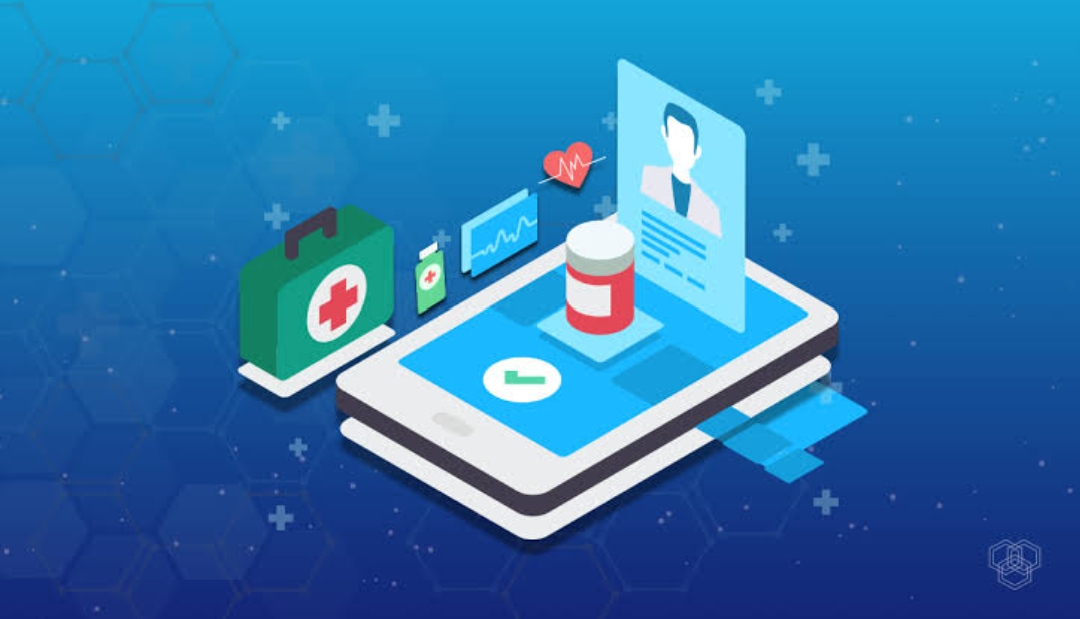
How predictive analytics in healthcare can be deployed in high-value use cases
Predictive analytics in healthcare will help the management of population health, financial performance, and improved results across the spectrum of value-based care. Predictive analytics may only be the second of three phases along the road to the maturity of analytics, but for many companies, it really represents a major leap forward. Instead of merely providing a consumer with knowledge about past events, the predictive analysis predicts the probability of a potential outcome based on historical data trends. This enables physicians, financial analysts, and administrative personnel to receive warnings before they arise about future incidents, and therefore make more informed decisions about how to proceed with a decision.
However, high-value use cases exist in the healthcare environment for predictive analytics, which does not necessarily include real-time warnings that enable a team to take action immediately. Provider and payer organizations can also apply predictive analytics techniques to their financial, logistical, and data protection problems, and see major productivity and customer satisfaction gains.
How do healthcare organizations use predictive capabilities to derive actionable, forward-looking insights from their growing data assets around the enterprise?
Risk Scoring
Organizations that can detect people with high risks of developing chronic diseases as early as possible in the progression of the disease have the greatest chance of helping patients prevent expensive and difficult to manage long-term health issues. Based on laboratory tests, biometric data, claim data, patient-generated health data, and social determinants of health, generating risk scores.
Readmission of patients
Analytical tools that can classify patients with characteristics that have a high effect on the risk of readmission can provide clinicians an additional indicator of when to focus resources on follow-up and how to establish discharge preparation protocols to avoid rapid returns to the hospital. In addition to optimizing care transitions and implementing strategies for care management, predictive analytics can be used to prevent fighting.
Helping patients before handed
Patients face a variety of possible risks to their well-being while still in the hospital, including the initiation of sepsis, the acquisition of a difficult-to-treat infection, or a sudden decline because of their current health conditions. Data analytics can help clinicians respond to changes in the vitals of a patient as rapidly as possible, and may be able to detect an upcoming deterioration before symptoms show themselves clearly to the naked eye.
Prevention of suicide and self-harm
Early detection of people likely to do damage to themselves will ensure that these patients receive the mental health treatment they need to prevent traumatic incidents, including suicide. Mental health or drug abuse diagnosis, past suicide attempts, the use of psychiatric drugs, and high scores on the depression questionnaire were the strongest predictors of a self-harm attempt.
It can enhance long-term commitment and reduce the risks associated with chronic diseases by using predictive analytics in healthcare to inform care management decisions and build deeper, more motivational relationships between patients and providers.










